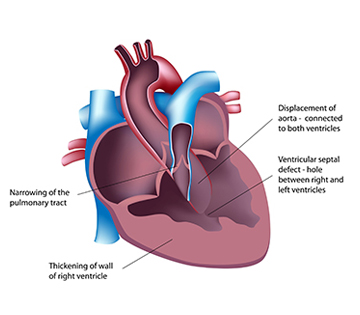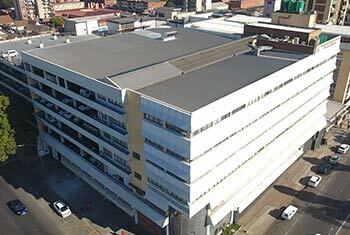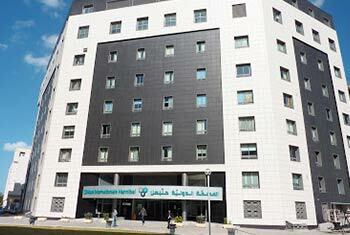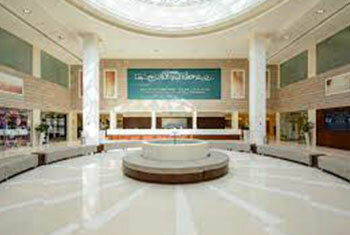Ventricular Septal Defect Closure (VSD) Details
Your heart is a wonderful organ. It beats constantly 24/7 to ensure the supply of oxygen rich blood to all the parts of your body. It performs this activity tirelessly throughout your life. The heart is divided into four chambers; the upper chambers are called atrium and lower chambers are called ventricles. The wall dividing the left and right side of the heart is called septa. At times there is a small opening in the septa which does not keep the ventricles completely separated from each other. This is a serious condition and requires medical attention. This can also result in mixing of oxygenated and deoxygenated blood, thus reducing the oxygen carrying capacity of the blood. This condition requires a minimally invasive technique to close the opening.







